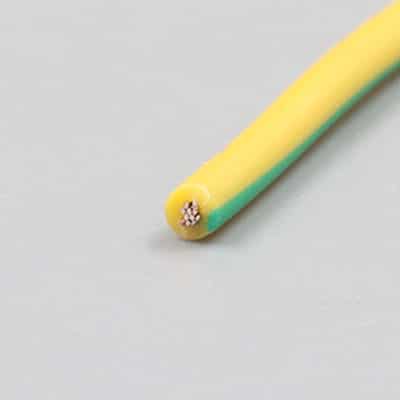Jumper wires are short electrical wires used for temporary connections in electronic circuits, facilitating prototyping, testing, and troubleshooting. If you didn’t find the jumper wire you want, welcome to contact us for help.
Rated Voltage:
Temperature:
Wire Gauge:
Insulation:
300V
80℃
14-30AWG
PVC
Rated Voltage:
Temperature:
Wire Gauge:
Insulation:
600V
105℃
16-26AWG
PVC
Rated Voltage:
Temperature:
Wire Gauge:
Insulation:
300V
80℃
16-32AWG
PVC
A jumper wire, also known simply as a jumper, is a short electrical wire used to create a temporary connection between two points in an electronic circuit. Jumpers are commonly used in electronics prototyping, circuit testing, and troubleshooting.
Here are some common uses of jumper wires:
1. Breadboarding: In electronics prototyping, jumpers are frequently used on breadboards to connect various components such as resistors, capacitors, integrated circuits (ICs), and sensors. They allow you to quickly test circuit configurations and make adjustments as needed.
2. Circuit Modifications: When modifying or troubleshooting a circuit, jumpers can be used to bypass or replace faulty components, change connections, or add new features. For example, if a trace on a printed circuit board (PCB) is damaged, a jumper wire can be soldered to bridge the gap.
3. Debugging: During circuit debugging, jumpers are often employed to isolate specific sections of a circuit or to test individual components. By selectively connecting or disconnecting parts of the circuit, you can identify issues and pinpoint the source of problems.
4. Signal Routing: Jumpers can be used to route signals between different parts of a circuit, allowing you to control the flow of information or data. This is common in projects involving microcontrollers or digital logic circuits.
5. Temporary Connections: In some cases, jumpers serve as temporary connections for testing purposes. They can be easily removed or repositioned as needed without making permanent alterations to the circuit.
Jumpers come in various forms, including pre-cut wires with stripped ends, jumper cables with male and female connectors, and solderless jumper wires with pins or clips for breadboarding. They are available in different lengths, gauges, and colors to accommodate a wide range of applications.
When using jumper wires, it’s important to ensure proper insulation and secure connections to prevent short circuits or unintended electrical contact. Additionally, following best practices for wiring and circuit design helps maintain reliability and safety in electronic projects.


